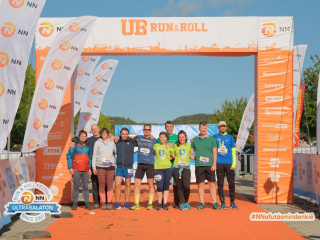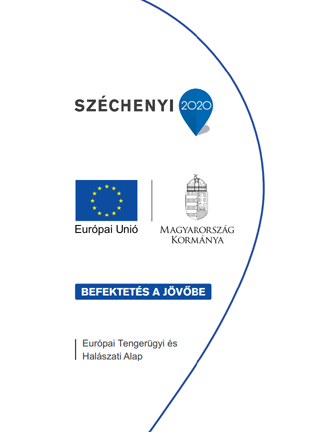IMPROVED TECHNIQUES FOR EGG DE-ADHESION IN PIKEPERCH, SANDER LUCIOPERCA
Uroš Ljubobratović, Balogh Endre, Svetlana Lengyel, Gyula Kovács, Ágnes Adorján, Istvan Csengeri, András Rónyai
National Agricultural Research and Innovation Center, Research Institute for Fisheries and Aquaculture, 5540 Szarvas, Anna-liget 8., Hungary
Abstract
Techniques for stickiness elimination in pikeperch, Sander lucioperca, eggs have been documented in several studies (Demska- Żakęś and Żakęś 2005; Kucharczyk et al., 2007; Křišt’an et al. 2012; Żarski et al. 2013). Testing described methodologies lead to unsuccessful egg incubation, either in terms of de-adhesion or hatching rate (Ljubobratović et al., 2013). Variability of previously reported outcomes with usage of tannic acid for the mentioned purpose could be due to the different water quality parameters where water hardness could have an impact as the tannin has chelating character (South and Miller, 1997). For this reason, water for tannic acid bath was softened with addition of EDTA (Ethylenediaminetetraacetic acid) in the concentration of 400 mg/L (T-EDTA-400) and 800 mg/L (T-EDTA-800) and compared with control (T-C). As a fourth treatment (MK) eggs were mixed in milk solution (1L 3.5% milk in 7L water) for 30 minutes and then bathed in kaolin solution (25cc/L) for three minutes. Mentioned treatments were tested in triplication (each replication was originating from the different female). Additionally, kaolin was tested preliminary in two treatments (K-3 and K-4) without replication; eggs were mixed in clean water for 30 minutes and bathed in the kaolin solution for three (K3) and four (K4) minutes. Embryo survival (48 and 84 hours) and hatching rate have been analyzed with one-way ANOVA and compared with post-hoc Duncan's Multiple Range Test (P≤0.05) for the treatments with replications. Stickiness elimination was successful in all treatments. Embryo survival for 48 and 84 hours in tannic acid treatments ranged from 64% to 67% and 60 to 65%, respectively, without significant differences among treatments. Hatching rate was significantly higher in MK treatment (89±16%) compared to all tannic acid treatments (5.5±1.3%, 3.5±1.5 and 2.7±1.3 for T-C, T-EDTA-400 and T-EDTA-800, respectively). In K treatments obtained hatching rate was 67% for K3 and 85% for K4. Results obtained in this study are indicating that tannic acid can lead to variable outcomes among hatcheries either from the reason of water quality parameters or differences among commercial products. Combined treatment with milk and kaolin for egg de-adhesion can be described as successful and reliable for effective stickiness removal and high hatching rate, while the preliminary testing of kaolin implies rather simple technique which needs further investigation.
Programajánló
Hírek
Tisztelt Látogatók!
A hazai agrár-felsőoktatás szükséges megújulásának mérföldköve az alapítványi fenntartású Magyar Agrár- és Élettudományi Egyetem (MATE) létrejötte, amely 2021. február 1-től 5 campuson, több mint 13 ezer hallgató számára fogja össze a dunántúli és közép-magyarországi élettudományi és kapcsolódó képzéseket. Az intézményhez csatlakozik a Nemzeti Agrárkutatási és Innovációs Központ (NAIK) 11 kutatóintézete is, így az új intézmény nem csupán egy oktatási intézmény lesz, hanem az ágazat szellemi, szakpolitikai és innovációs központjává válik, amely nagyobb mozgásteret biztosít a képzések, a gazdálkodás és szervezet modernizálásához, fejlesztéséhez. Az összeolvadással magasabb fokozatra kapcsolunk, a kutatói és egyetemi szféra szorosabban fonódik majd össze, aminek következtében még több érdekes, izgalmas kutatás-fejlesztés születhet majd az agrárium területén.
Kérjük, kövesse tevékenységünket a jövőben is a www.uni-mate.hu honlapon!
A szokásostól eltérően az idei évben ősszel, október 03-04 között került megrendezésre az Ultrabalaton csapatversenye. NAIK-os csapat az idei évben állt először rajthoz a 14. alkalommal kiírt versenyen.



